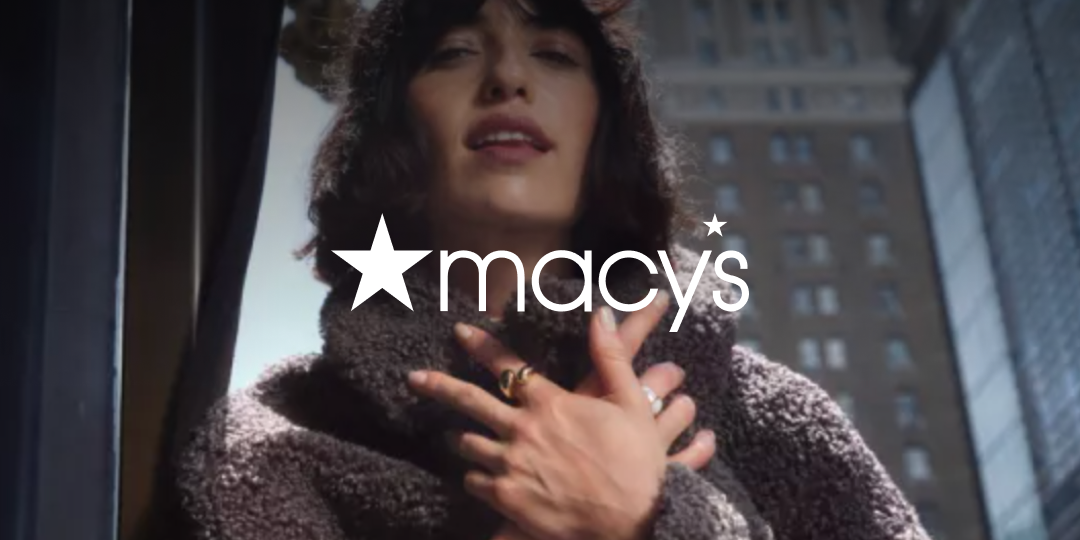
It is no secret that department stores have struggled over the last decade. The rise of ecommerce and evolving consumer demands put pressure on the traditional department store model, leading to bankruptcies and closures.
Despite the often exaggerated “death” of department stores, many remain resilient. Retail giants from Nordstrom to Dillard’s have invested in new technology, store formats and partnerships to meet consumer needs.
But the department store experience of the future will look very different. While physical stores remain an essential channel, reinventing the department store will require bringing the luxury experience online.
The State of Department Stores
Once the crown jewels of American shopping malls, department stores suffered the most from the mall’s decline over the last decade. The 2010s saw a wave of bankruptcies, with many retail giants shutting their doors.
The pandemic only accelerated this trend. By the end of 2020, six department stores filed for bankruptcy—including Century21, Stein Mart, Lord & Taylor, JCPenney, Stage Stores and Neiman Marcus.
Nevertheless, surviving department store retailers saw a stronger recovery than expected. In 2021, Nordstrom generated $14.4 Billion in sales, a 38% increase compared to 2020. Although inflation and supply chain challenges have impacted performance in 2022, department stores remain competitive. Macy’s Inc. and Kohl’s recently exceeded Wall Street’s expectations during their third-quarter earnings calls, with Macy’s raising its year-end guidance.
4 Ways Department Stores can Deliver a Luxury Experience Online
As department stores look to the future, creating a luxury experience online is critical for customer loyalty. Here are four ways retailers can reimagine the online customer experience.
1. Virtual Clienteling
While clienteling is not new, it has evolved in the digital age. Today, an effective clienteling program provides a seamless journey for the omnichannel customer. For retailers, clienteling is a tool to create hyper-personalized experiences and drive customer loyalty.
Today, virtual clienteling tools allow sales associates to deliver high-touch customer service—wherever the customer may be shopping. “You get that really rich connection without ever seeing the customer… Our customers are still enjoying that virtual connection, whether that’s an appointment or just a recommended outfit that we sent through a text,” Jessica Cloutier, Senior Director of Styling and Sales at Nordstrom, told Vogue Business earlier this year.
2. Capturing the VIP Customer
For department stores, designing VIP experiences that drive loyalty is critical. Retailers should offer unique benefits to entice VIP customers, including:
Expedited delivery options
Early access to promotions
Exclusive access to collections or online giveaways
Gift wrapping
Special events
Dedicated stylists
Nordstrom’s membership program consists of three tiers: Member, Influencer and Ambassador. Each level unlocks exclusive benefits. This includes early access to its Anniversary Sale and in-home styling sessions.
Bloomingdale’s also offers exclusive benefits to its Top of the List and Unlocked members. VIP customers access expedited shipping and unlimited return windows.
3. Embracing New Channels
At the same time, department stores must explore new mediums to connect with customers—including livestreaming, social commerce and the metaverse.
Kohl’s partnered with TikTok for the 2022 holiday season. Users shake their phones when Kohl’s ads appear in their feeds to receive exclusive offers.
Macy’s enhances furniture shopping with an in-store virtual reality experience. Customers set the dimensions of their space and decorate it. Shoppers then walk through the space with VR goggles.
Betches teamed up with Saks Off Fifth to create the Betches Holiday House. Users explore a virtual shoppable house with walk-in closets furnished by Saks Off Fifth. The collection offers exclusive promotions to users.
4. Using Physical Retail to Support the Omnichannel Consumer
For department stores, physical retail will remain a vital channel. But the role of the store is no longer transactional. Instead, retail stores will enhance the online experience.
Last year, Bloomingdale’s opened its first small-format concept—Bloomie’s. Located outside of a mall, the store is accessible if customers need to return or pick up online orders. The store also hosts interactive experiences and events.
Similarly, Nordstrom operates seven Nordstrom Local stores in Los Angeles and New York. The small-format stores offer express alterations and personal styling services.
Reimagining the Department Store Experience with Salesfloor
Salesfloor is the ultimate customer experience platform, helping retailers deliver a luxury experience online.
With Salesfloor Connect, customers can interact with local store associates in real-time—via video, live chat, email or text. With our specialized routing tool for department stores, customers can get in touch with the exact department, specialist, or specific associate they are looking to connect with. Appointment booking tools also let customers schedule virtual appointments with their favorite sales associates, driving traffic in-store.
Our clienteling tools ensure associates have access to customer data, including purchasing history. And with Customer Boards, sales associates create personalized shoppable sites for customers.
Better yet, the Salesfloor platform can fully integrate with any source platform for easy onboarding, allowing for setup within weeks—rather than months.
If you are interested to see how Salesfloor can help you get a competitive edge by using Maestro AITM in your sales operations, don’t hesitate to watch our webinar, or request a demo with one of our specialists.

